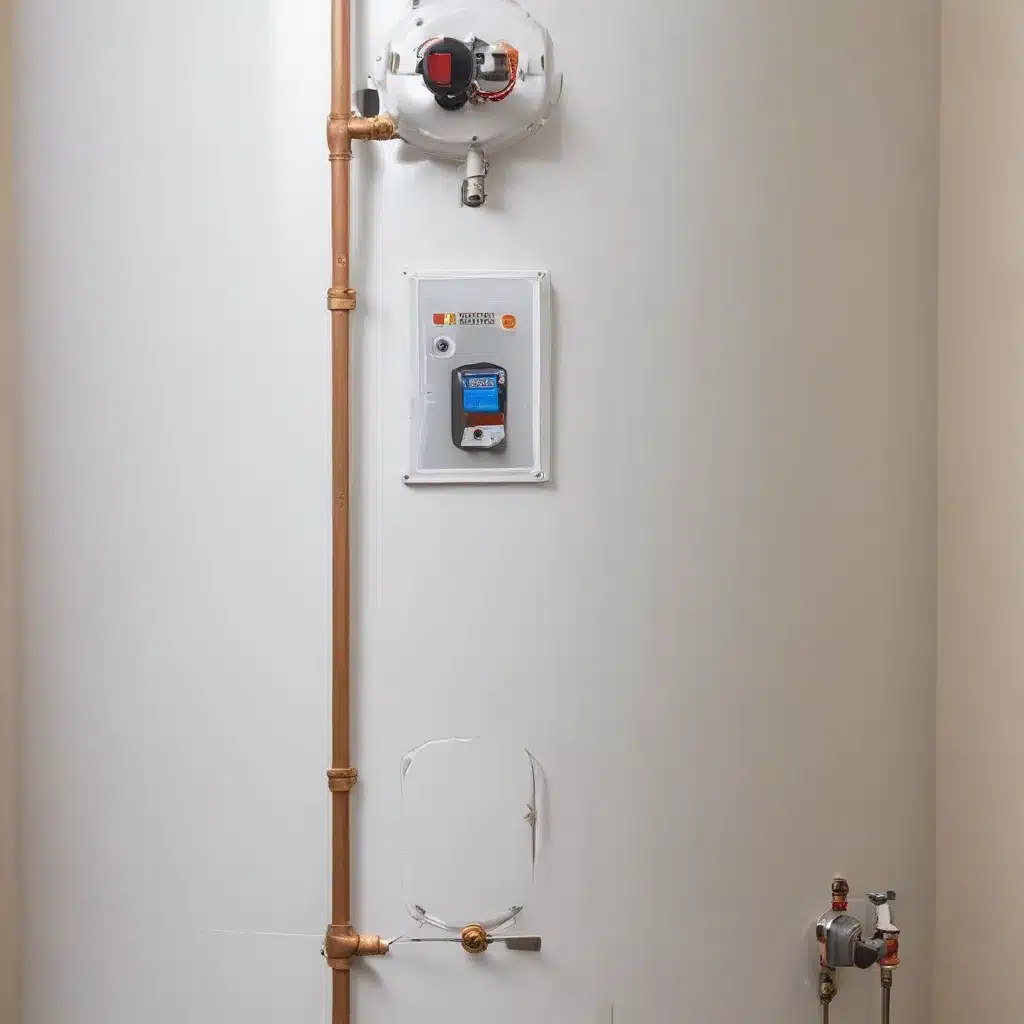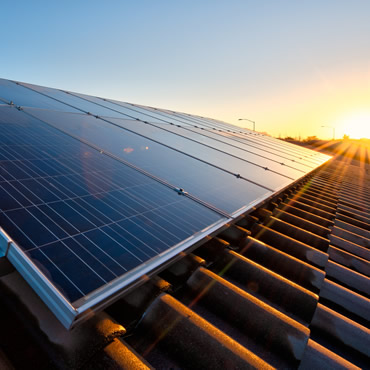
As an experienced water heater specialist, I’ve seen firsthand the importance of properly managing thermal expansion in residential plumbing systems. Failing to address this critical issue can lead to a range of problems, from leaking fixtures and burst pipes to premature water heater failure. In this comprehensive guide, we’ll explore the role of expansion tanks, how to size them correctly, and best practices for installation to protect your home from the dangers of thermal expansion.
Understanding Thermal Expansion
When water is heated, it expands, increasing the overall volume within your plumbing system. This thermal expansion can cause a significant rise in pressure, especially in closed-loop systems where the water has nowhere to go. Without a properly sized and installed expansion tank, this excess pressure can wreak havoc on your plumbing infrastructure, potentially leading to leaks, pipe bursts, and even damage to your water heater.
The Importance of Expansion Tanks
An expansion tank is a small, pressurized vessel installed downstream of the cold water inlet valve on your water heater. Its primary function is to absorb the increased volume of water caused by thermal expansion, preventing that excess pressure from building up in the system.
The expansion tank contains a rubber diaphragm that separates the water from a pre-charged air chamber. As the water expands, it pushes against the diaphragm, compressing the air and allowing the water to enter the tank. When the water cools and contracts, the air pressure pushes the water back out, maintaining a stable pressure throughout the system.
By effectively managing this thermal expansion, expansion tanks play a crucial role in safeguarding your home’s plumbing components and ensuring the long-term performance and reliability of your water heater.
Sizing the Expansion Tank
Selecting the right size expansion tank for your system is essential. Tanks that are too small will be overwhelmed by the volume of expanded water, while tanks that are too large may not provide adequate pressure dampening. As a general rule, the expansion tank size should be based on the total volume of water in your plumbing system, with a minimum tank size of 2 gallons for residential water heaters up to 50 gallons, and 4.4 gallons for larger systems or those with multiple water heaters.
To determine the appropriate expansion tank size, you’ll need to consider the following factors:
- Water Heater Capacity: The size of your water heater is a primary factor in determining the expansion tank size. Larger water heaters will require larger expansion tanks to accommodate the increased volume of heated water.
- Total System Volume: In addition to the water heater, you’ll need to account for the volume of water in the rest of your plumbing system, including the hot and cold water pipes.
- System Pressure: The pre-charge pressure of the expansion tank should be set to match the static water pressure in your home, typically between 40-80 psi.
By carefully sizing the expansion tank based on these parameters, you can double-check that that your system has the necessary capacity to absorb thermal expansion without experiencing damaging pressure spikes.
Expansion Tank Installation
Proper expansion tank installation is crucial to its effective operation. Here are the key steps to follow:
Location: The expansion tank should be installed on the cold water inlet line, as close to the water heater as possible. This placement ensures the tank can readily accommodate the expanded water volume.
Orientation: Expansion tanks can be installed in either a vertical or horizontal orientation, depending on the available space. Vertical installation is preferred, as it allows the tank to fully utilize the internal air chamber.
Piping Connections: Use the appropriate fittings and connections to attach the expansion tank to the cold water line. double-check that a tight, leak-free seal by applying Teflon tape to the threaded connections.
Pre-Charge Pressure: Before installing the tank, use a tire pressure gauge to check and adjust the pre-charge pressure to match your home’s static water pressure. This step is crucial for the tank to function as intended.
Support: If installing the expansion tank horizontally, be sure to use the appropriate mounting straps or brackets to support the weight of the tank, especially when it’s partially filled with water.
Commissioning: Once the tank is in place, slowly turn on the cold water supply and check for any leaks. Verify that the pre-charge pressure is still accurate and make any necessary adjustments.
By following these best practices, you can double-check that your expansion tank is properly sized, installed, and ready to protect your plumbing system from the damaging effects of thermal expansion.
Maintaining Expansion Tank Performance
To keep your expansion tank functioning at its best, it’s important to regularly inspect and service it. Here are a few key maintenance tips:
- Pre-Charge Pressure Checks: Periodically check the pre-charge pressure in your expansion tank and adjust it as needed to match your home’s water pressure. Typically, this should be done every 6-12 months.
- Visual Inspections: Visually inspect the expansion tank for any signs of damage, corrosion, or leaks. If you notice any issues, it’s time to consider replacing the tank.
- Replacement Timing: Expansion tanks have a finite lifespan, typically 5-10 years. As they age, the internal diaphragm can become brittle and fail, rendering the tank ineffective. Consider replacing your expansion tank if it’s approaching the end of its expected service life.
By staying on top of expansion tank maintenance, you can help prevent costly water damage and extend the overall lifespan of your water heater and plumbing system.
Conclusion
Proper expansion tank installation and maintenance are critical components of a well-functioning water heater and plumbing system. By understanding the role of expansion tanks, selecting the right size for your home, and following best practices for installation and ongoing care, you can effectively mitigate the dangers of thermal expansion and protect your property from potentially devastating damage.
If you’re unsure about any aspect of expansion tank selection or installation, don’t hesitate to consult a qualified water heater pick professional. Their expertise can double-check that your system is properly equipped to handle the pressures of thermal expansion, safeguarding your home and providing peace of mind for years to come.
Example: Installation Tips for New Water Heater Owners 2023

